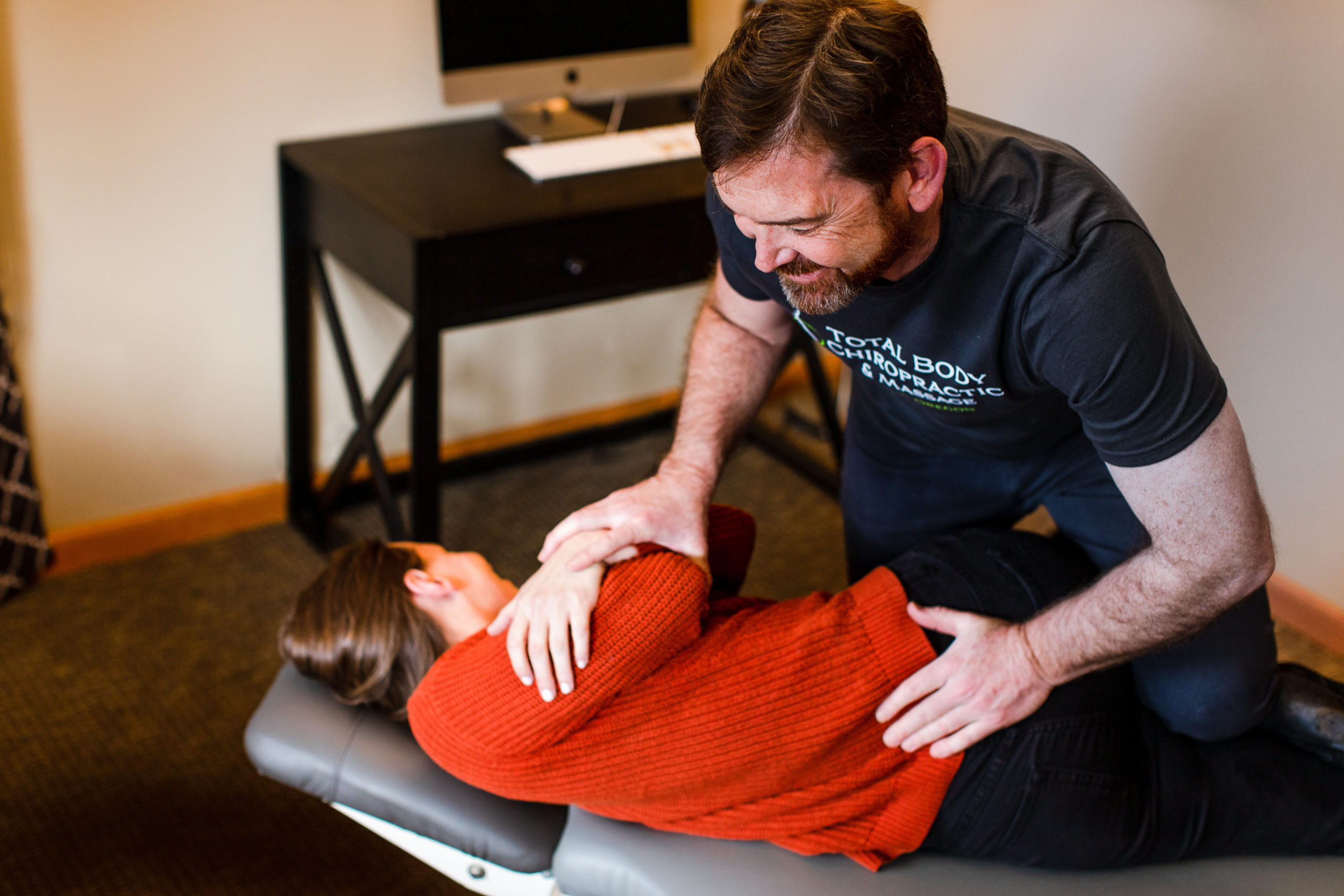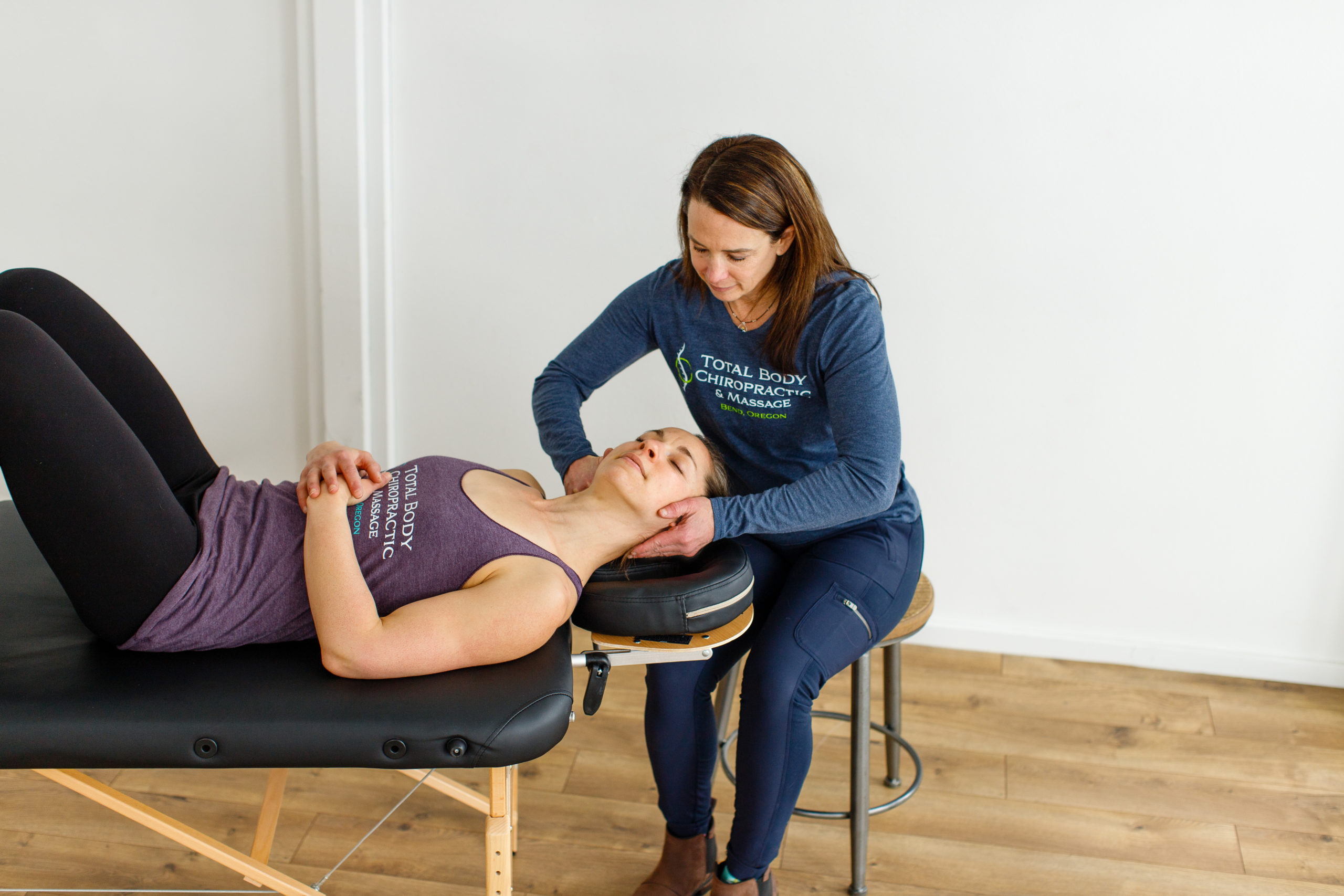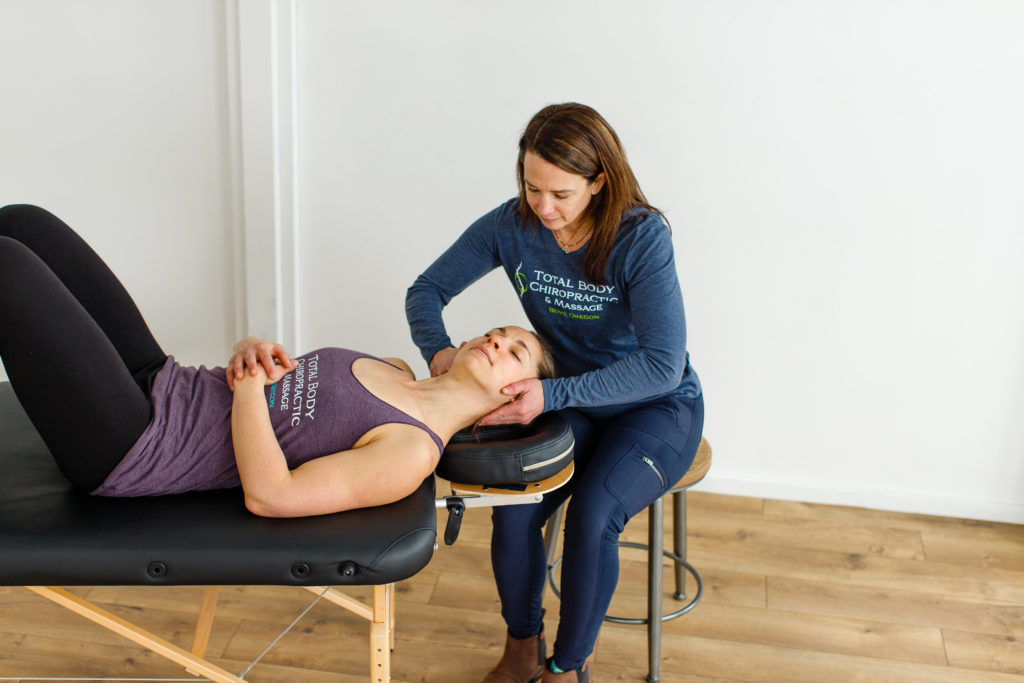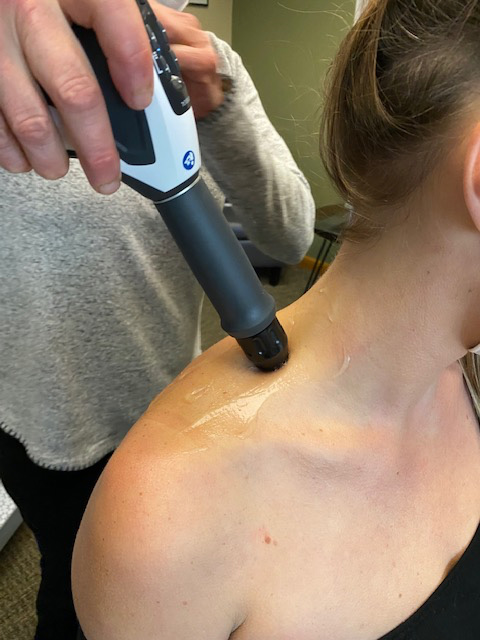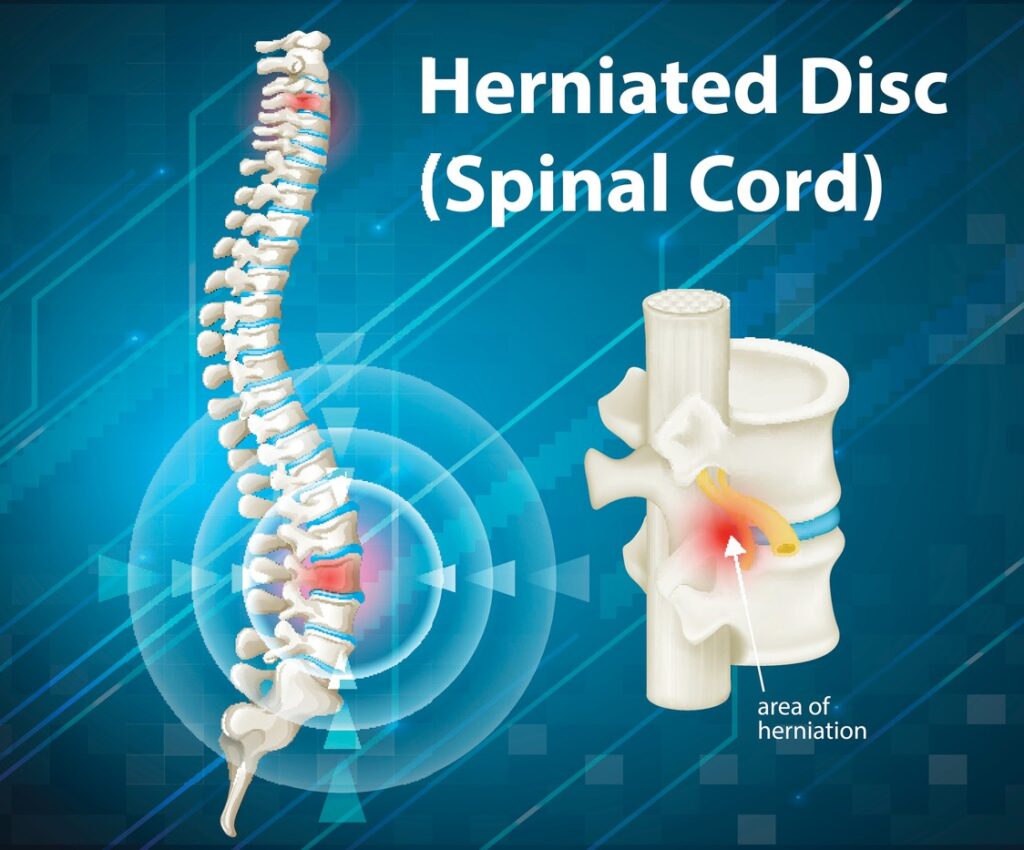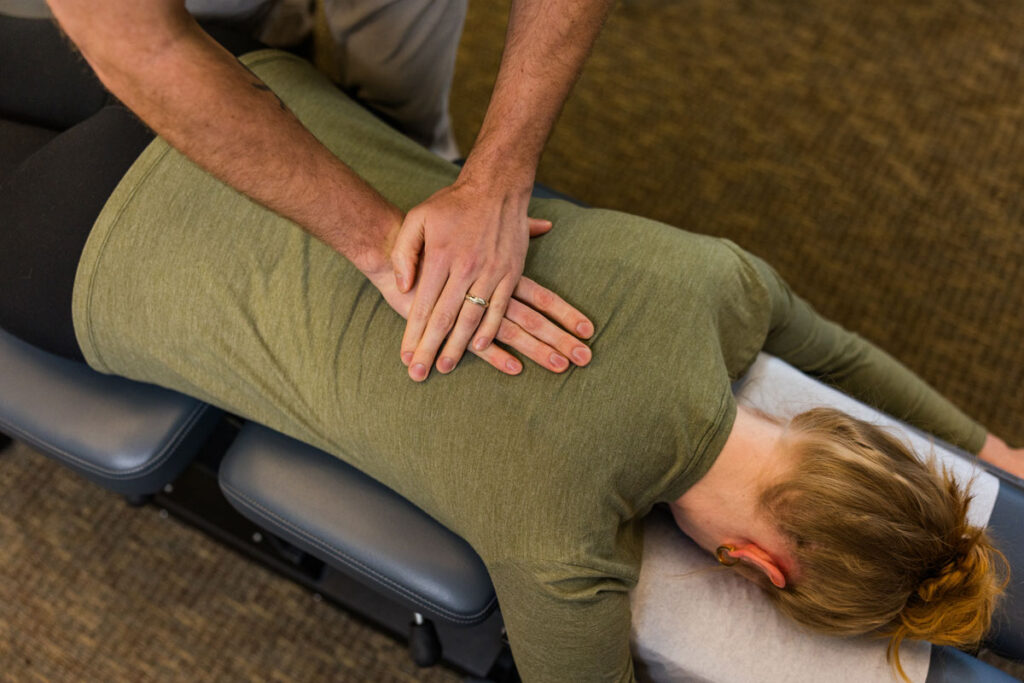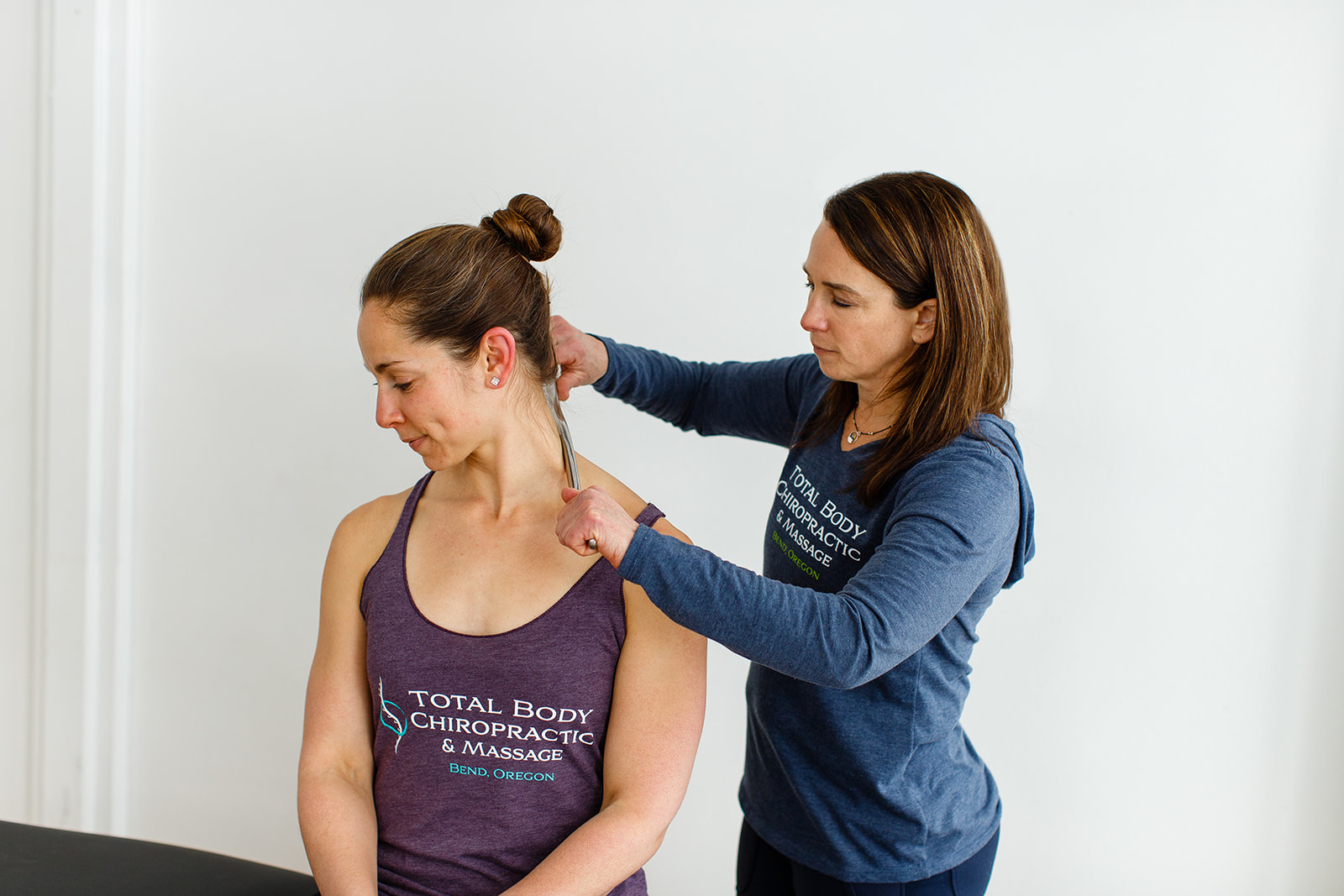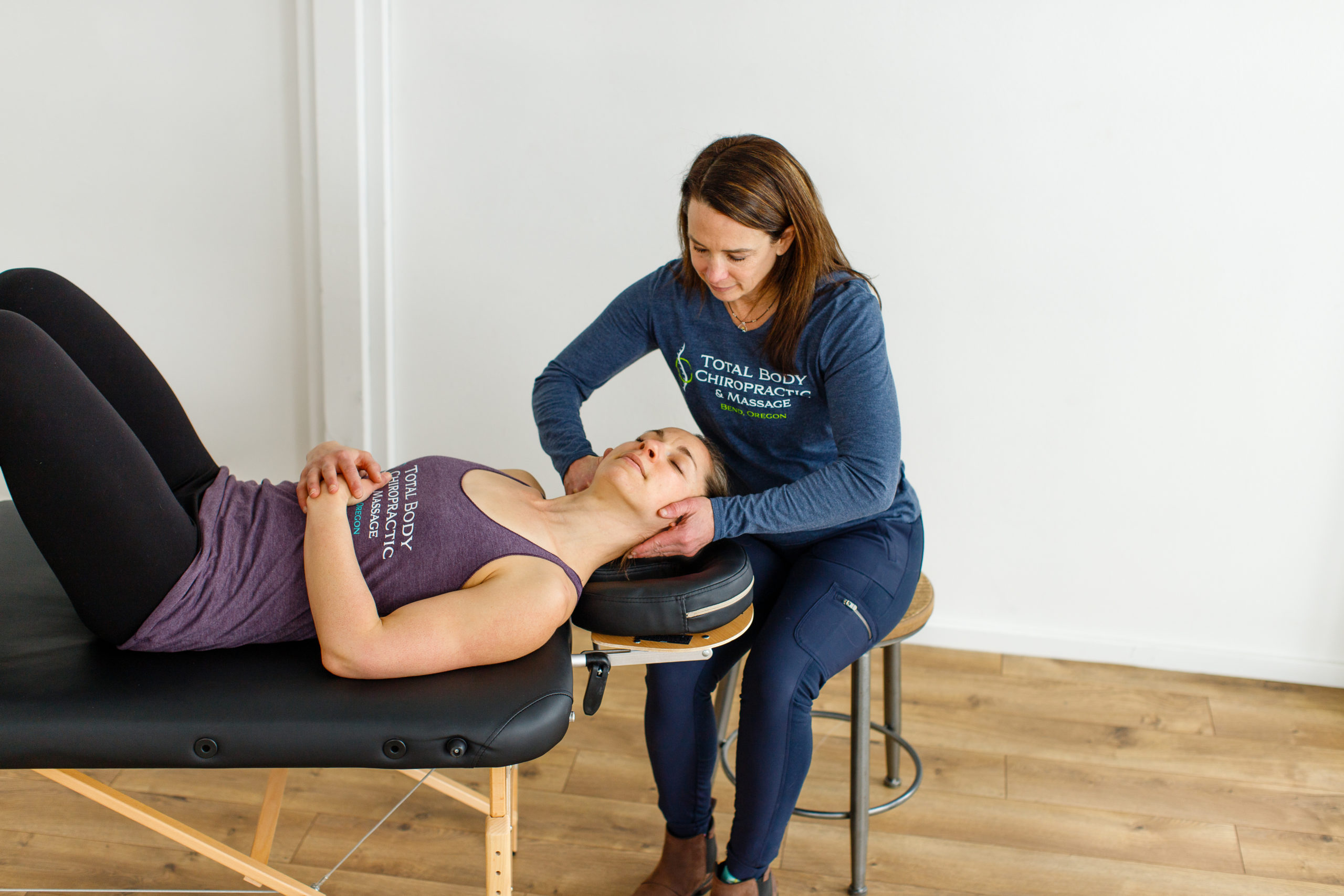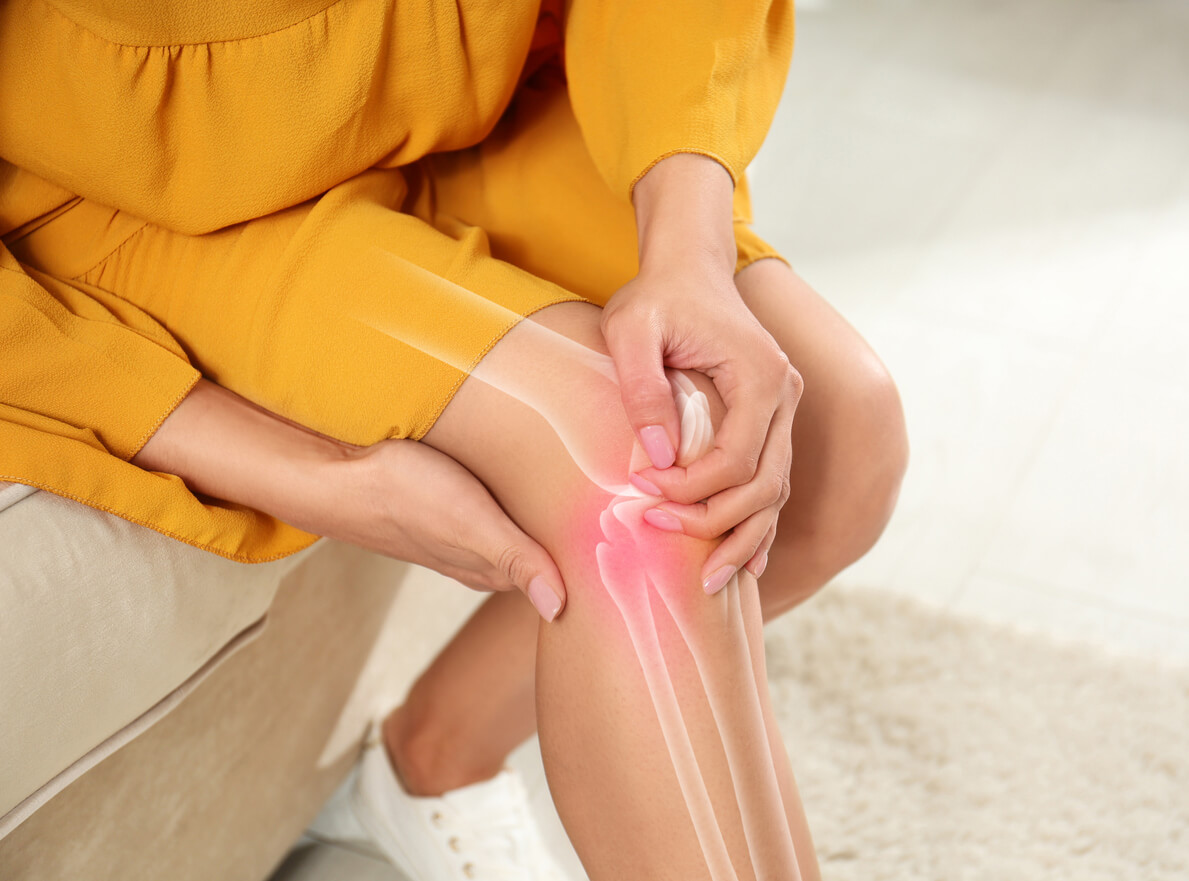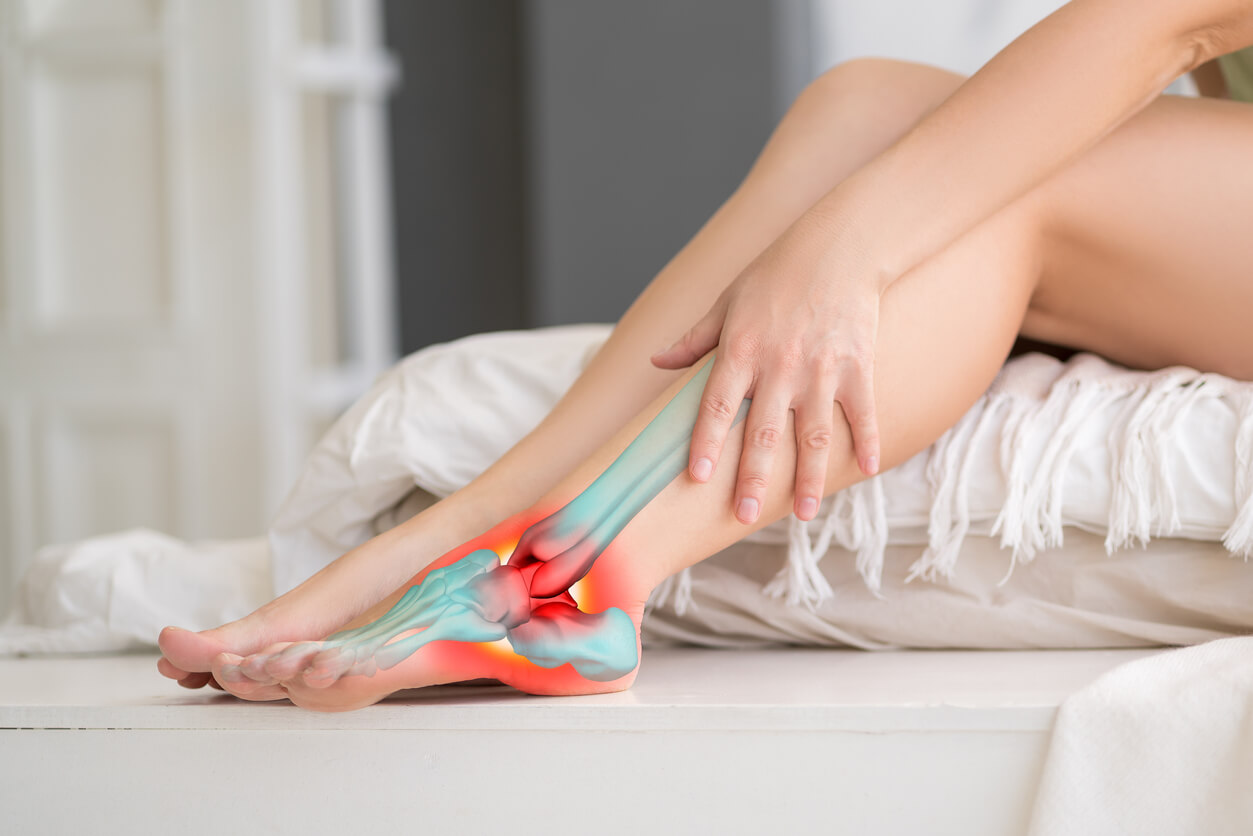How Chiropractic Care Helps You Heal from Sports Injuries
Staying physically active is one of the best ways to support long-term health. Whether you’re playing a sport, hiking trails, lifting weights, or simply enjoying your daily walks, movement helps maintain energy, mobility, and a strong sense of well-being. But even with the best habits and intentions, sports injuries can happen—and when they do, they can throw a wrench in your routine.
A sports injury can range from a minor sprain to a more disruptive muscle strain or joint issue that keeps you from your usual activities. That pain might come from one awkward motion or from repeated stress that gradually wears down your body. And when it strikes, the most important thing you can do is respond quickly and smartly—with care that treats the root of the issue, not just the symptoms.
That’s exactly what chiropractic care offers. Through expert assessment, hands-on treatment, and a whole-body approach to healing, chiropractic helps your body recover faster, reduce inflammation, and restore balance so you can return to your active lifestyle with confidence.
Why Sports Injuries Happen—and What They Look Like
Injuries don’t always occur during high-impact activity. In fact, many sports injuries happen in low-intensity situations—like lifting awkwardly, twisting during a golf swing, or taking a wrong step while trail walking. Others result from overuse: the slow buildup of tension or inflammation from repetitive motions that put strain on joints and muscles.
Common examples of sports-related injuries include:
- Muscle strain in the back, shoulders, or legs
- Neck pain from poor posture or awkward positioning
- Joint sprains from sudden direction changes
- Tendonitis in areas like the elbow, wrist, or knee
- Lower back pain triggered by lifting or rotation
- Repetitive strain injuries from cycling, tennis, or running
These injuries can affect your strength, balance, and coordination. Worse, they can linger and lead to future injuries if not treated properly. That’s why it’s so important to address them with a focused, personalized approach—one that goes beyond rest and painkillers.
Why Chiropractic Care Makes a Difference
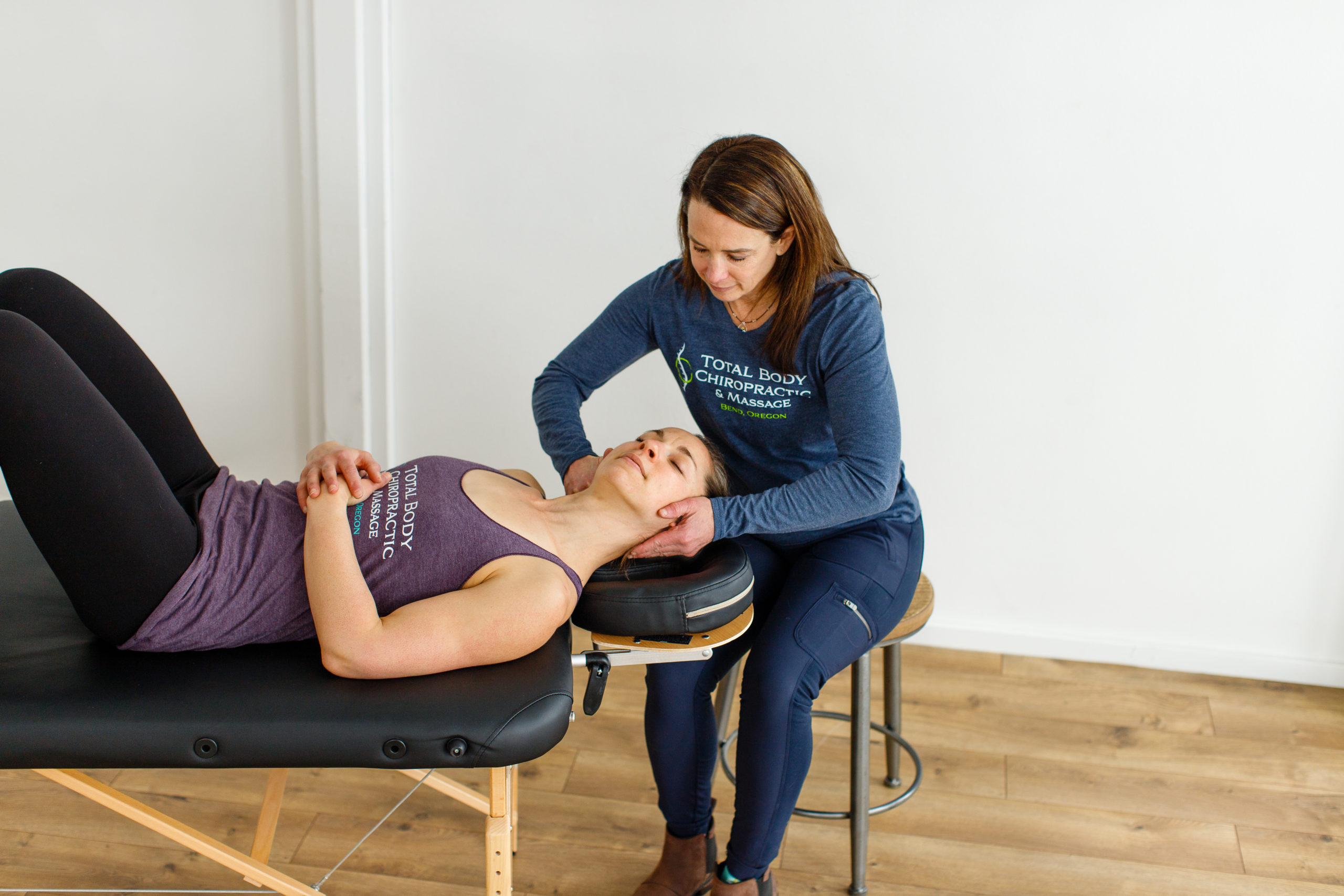
Chiropractic care is more than just adjustments. It’s a method of care that works with your body’s natural systems to help you heal faster and stay healthier for longer.
When you visit our sports injury chiropractor, you’ll begin with a thorough assessment to determine the full scope of your injury—not just where it hurts, but what’s causing the imbalance. Often, we find that the source of pain isn’t where the pain shows up. For example, tight hip muscles might be putting extra pressure on the lower back, or poor shoulder mechanics might be leading to neck pain.
With this whole-body view, we create a customized treatment plan that may include:
- Chiropractic adjustments to improve alignment and relieve pressure
- Manual therapy to release muscle tension and increase circulation
- Functional movement strategies to support better motion
- Specific home exercises for strength, flexibility, and recovery
Our goal is to not only treat the pain but restore your ability to move freely—without fear of reinjury.
How Chiropractic Treatment Helps the Healing Proces
Recovery after a sports injury depends on more than just rest. The body needs support to heal tissues, restore joint function, and reestablish balance between muscles and movement patterns. That’s where chiropractic treatment shines.
A well-timed chiropractic adjustment can reduce nerve interference and promote circulation, helping your body repair itself more effectively. When combined with manual therapy and targeted exercises, this approach reduces inflammation, promotes muscle function, and supports stability in the joints.
Unlike treatments that mask the pain, chiropractic focuses on correcting the problem. That makes it not only a short-term fix but a long-term solution for those who want to stay active for years to come.
In many cases, we also collaborate with physical therapy providers when more extensive rehabilitation is needed. This integrated approach ensures your treatment plan supports your full recovery from every angle.
When to See a Chiropractor After a Sports Injury
Recognizing the right time to see a chiropractor can be the key to faster healing and avoiding further damage. While many people wait until their pain becomes intense or persistent, early intervention often leads to better outcomes. If you’ve experienced a sudden jolt, a pulling sensation, or discomfort that doesn’t improve after a couple of days, it’s a good idea to schedule a visit. Even seemingly minor issues, like lingering tightness or stiffness after a workout, can point to deeper imbalances that need to be addressed.
Pain during movement, limited flexibility, or weakness in a joint are also signs that your body isn’t functioning optimally. These symptoms might make it harder to engage in daily activities or recover properly from exercise. Our chiropractic team in Bend can perform a thorough assessment to determine the root of the problem and guide you toward a treatment plan that gets you moving again, safely and effectively. Seeing one of our chiropractors sooner rather than later can mean the difference between a quick recovery and a chronic issue that lingers for weeks or months.
5 Ways Chiropractic Speeds Up Sports Injury Recovery

Here’s how working with one of our Bend chiropractors helps you return to the activities you love, faster and with better results:
- Restores Joint Function
Misaligned joints can restrict movement and create tension. Chiropractic care improves mobility and joint health. - Reduces Muscle Tension and Strain
Through manual therapy, tight areas are relaxed, improving blood flow and easing muscle strain. - Supports Natural Inflammation Control
Instead of relying on medications, chiropractic works with your body’s healing mechanisms to manage swelling and discomfort. - Improves Posture and Body Mechanics
Your treatment plan includes movement education, helping you avoid future imbalances that lead to injury. - Encourages Long-Term Strength and Stability
Chiropractic care goes beyond short-term fixes to support ongoing balance, strength, and athletic performance.
Sports Chiropractic for Prevention and Performance
Chiropractic care isn’t just reactive—it’s proactive. Many active individuals incorporate regular visits to a sports chiropractor as part of their overall wellness and training routine. By identifying movement imbalances, joint restrictions, or areas of muscular tightness before they cause problems, chiropractic care helps you stay ahead of potential injuries. This is especially important if you’re returning to activity after time off, increasing your training load, or adjusting your workouts with the seasons.
Beyond prevention, chiropractic care plays a powerful role in optimizing performance. When your joints move freely, your muscles function more efficiently, and your posture is well-supported, your body operates at a higher level. You recover more quickly between activities, maintain better balance and coordination, and reduce the wear and tear that leads to overuse injuries. Whether you’re looking to enhance your athletic output or simply stay consistent with your favorite activities, ongoing chiropractic care with our Bend chiropractors can support you in moving better, feeling stronger, and performing at your best.
Common Conditions We Treat
At Total Body Chiropractic, we support patients dealing with a wide range of injuries and mobility challenges, including:
- Sprains, strains, and soft tissue injuries
- Neck pain and upper body tension
- Lower back pain related to posture or lifting
- Overuse injuries from repetitive movements
- Joint dysfunction affecting shoulders, hips, and knees
We also provide care that supports injury prevention for those who are returning to activity after time off, transitioning into a new sport, or increasing their training volume.
Why Total Body Chiropractic Is Your Trusted Partner in Recovery
Our chiropractic clinic in Bend offers more than treatment—we offer a patient experience that’s thoughtful, supportive, and tailored to you. From your first visit, you’ll feel the difference. Our friendly staff takes the time to listen and understand your goals, and our chiropractic team builds a plan that’s as personal as it is practical.
We use a combination of modern and traditional chiropractic techniques designed to deliver safe, effective treatment with every visit. Whether you’re recovering from a sports injury, dealing with a nagging muscle strain, or simply want to improve your athletic performance, we’re here to help you feel better and move better every step of the way.
We proudly serve Bend and the surrounding area, and we’re honored to be known as one of the best chiropractors in Central Oregon for movement-focused care.
Your Path to a Pain-Free Life Starts Here
Pain doesn’t have to be part of your everyday life. With the right support and care, you can overcome injury, regain function, and enjoy an active lifestyle without compromise.
Whether you’re already struggling with a sports injury or want to stay ahead of one, our chiropractic team in Bend is here to provide the guidance, treatment, and encouragement you need.
Book your appointment today with Total Body Chiropractic and take your first step toward a more mobile, balanced, and pain-free life.



